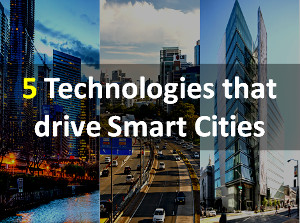Modern technologies such as infrared, ultrasound, and light imaging are improving electronic imaging to give physicians a non-invasive look inside the body. This can be an invaluable tool in tracking forms of cancer and degenerative brain disorders such as Alzheimer's. PET (positron emission tomography) is a molecular imaging technique using radiolabeled molecules to map and track biological processes, of great value to pharmacological and genetic research. Professionals, like those at SAH Global utilize the latest in nuclear medicine to diagnose the presence of disease in the body. Having access to such advanced forms of technology helps save lives.
New healthcare devices are designed to make patient care easier, faster, and more accurate. Automated, detailed data collection leads to better diagnosis and more effective treatment. In an age when insurance premiums are high and waiting times can be long, these are huge benefits not just to the industry but to populations around the world.

 Rachelle
Rachelle







